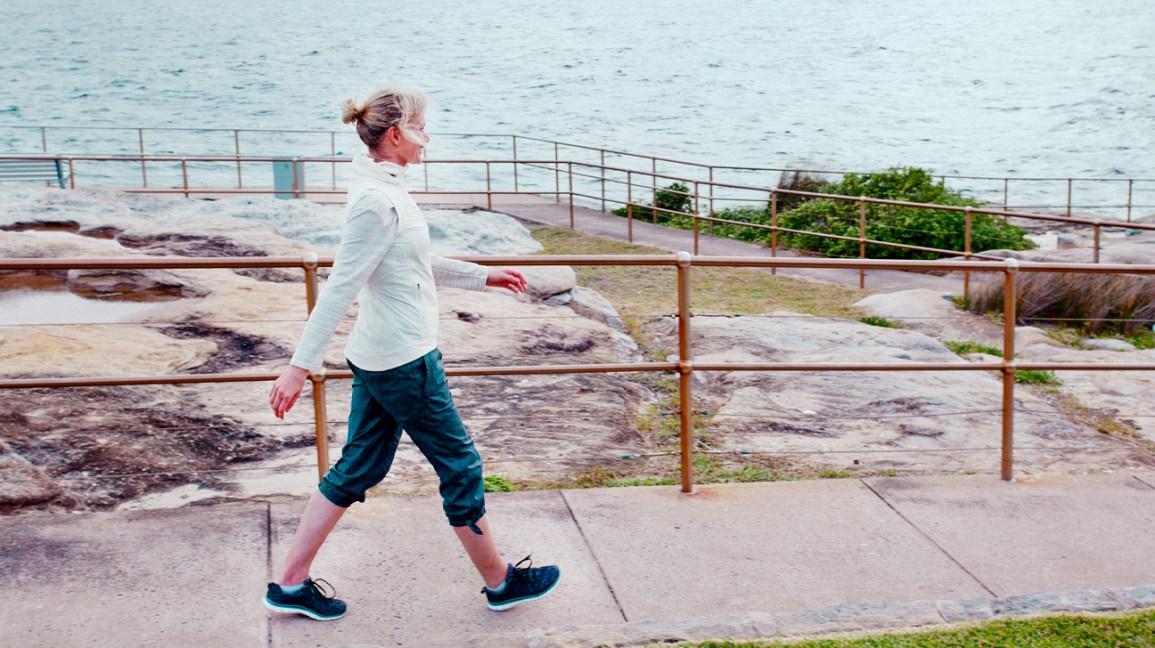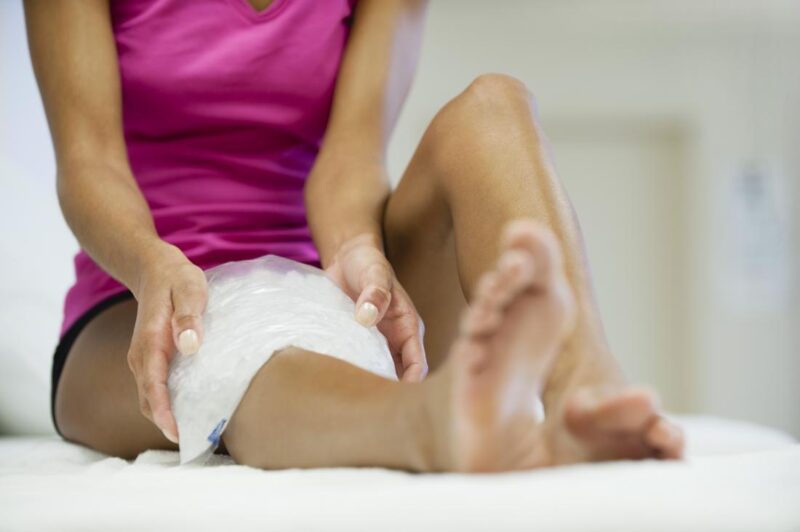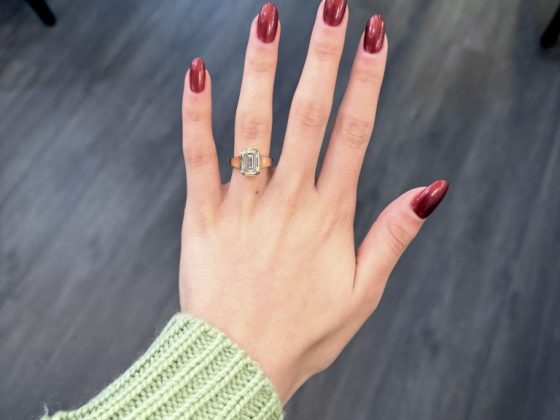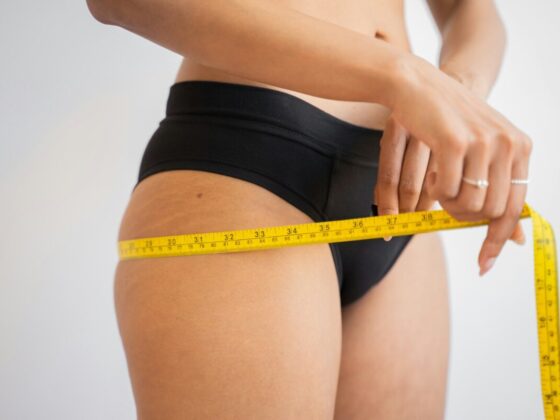There are all kinds of things that a person should do when they are in the middle of recovering from hip replacement surgery. However, one of the best ways to speed up the recovery while also ensuring that you recover and have similar potential to your natural hip is to do a correct set of exercises after the surgery.
Exercises to reduce swelling
If you have undergone hip replacement in Melbourne, you are in great hands, and you will probably have a fantastic recovery. However, one common phenomenon with a hip replacement surgery is swelling. It can be quite difficult for that part of your body to recover since keeping it still for a longer time frame is impossible.
There are a few things that you can do to reduce swelling, and while you do not have to use all of these methods, you should try a couple of them out to see which one benefits you the most and reduces the swelling once it occurs:
- Rest and elevate – The classic way of handling swelling is to simply lay down and rest while your leg is at the same level as your heart. You can also elevate the leg by putting pillows under it, especially after you do ankle pumps.
- Use ice – Sometimes, resting alone is not going to be enough, and in such cases, you might want to apply a bit of ice to the swollen area. The best way to do this is to make a piece of cloth completely wet before you put it in the freezer for a bit. After about 30 minutes, you can take the piece of cloth out and wrap it around the swollen area and see it work like a charm.
Do not be alarmed if the swelling goes away, only for it to appear later. It will take some time to learn a good balance between resting and being active to regain strength in your newly replaced hip fully, and depending on your overall health, that can take a couple of weeks to two months.
Ice is very effective in reducing swelling.
Exercises to increase your strength
It is very important to ensure that you are not losing any muscle tone after your surgery, not only in your hip area but your whole body. Resting in bed is a great way to avoid swelling, but it will come at the cost of your muscles losing their mass, and you will have to work harder later on, to regain your overall strength completely. According to an orthopedic specialist in Melbourne, you should try these exercises:
- Ankle pumping – An easy exercise that can be done even while you are lying in bed is ankle pumps. This simple exercise will require you to pump your feet up and down by pulling your foot toward you and then pushing it away. It is a fantastic experience to keep the muscles in the legs active and to keep the blood flow going.
- Thigh squeezes – Another fantastic exercise is the one that involves pushing the back of your knee down into the bed. It will tighten the top muscles of your thigh. Try holding the push for about five seconds before relaxing, and repeat it five to ten times.
- Buttock squeezes –The gluteal region is just as important as your legs, as it is often used in combination with your hip movement. Buttock squeezes are done by squeezing the muscles in your butt together and holding it for at least five seconds before relaxing. While you might feel a bit silly doing this exercise, it is very beneficial to your recovery.
- Straight leg raises – Once you are feeling a bit more mobile, straight leg raises are a great exercise to consider before you decide to walk again. To do this exercise, bend your non-surgical leg and float the other one above the bed. Do a couple of raises with your surgical leg and where you hold the leg in the air for a few seconds, and then slowly lower it down.
Walking is the best exercise by far
It might take some time for you to feel ready again to take a walk, but once you do, it is by far the best exercise that will help your recovery. Many take walking for granted, but it activates a large group of muscles, and most importantly, it prevents all muscle groups from rapidly decaying as they would if you would just lay in your bed.

Walking is one of the best exercises to do during your recovery
Final word
Being inactive is one of the worst things that a person can do during their recovery from a hip replacement surgery, even if you might think it is completely the opposite. Our muscles are required to be active in order to prevent atrophy, which is why doing exercises, even if they seem minor, is very important.












